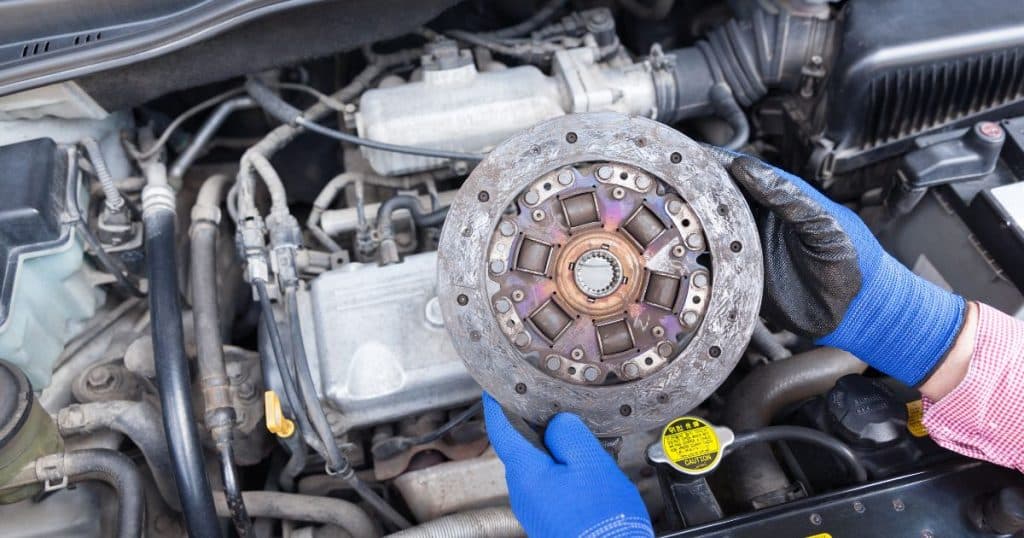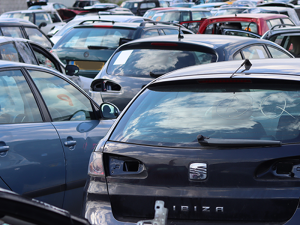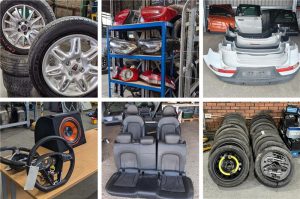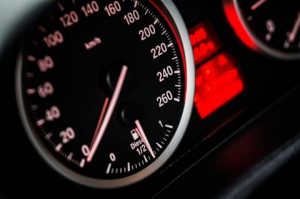What are the Signs That Your Clutch Needs Replacing?
Your car’s clutch is more than just a pedal; it’s the linchpin of your manual vehicle’s smooth operation. Yet, over time, wear and tear can silently creep in, jeopardising your driving experience. Understanding the subtle signs of a failing clutch is paramount.
In this article, we delve into the nuances of clutches, understanding their purpose, lifespan, and the warning signals that indicate it’s time for a replacement. Whether you’re a gear-shifting expert or a novice driver, this guide will empower you to recognize the secrets your clutch reveals, ensuring your vehicle stays roadworthy and efficient.
The clutch is a hugely important part of a manual vehicle because without it, you’d be unable to change between gears. Like many of your car’s components, your clutch is likely to wear out over time, so you need to know the signs that it needs replacing.
Purpose of the clutch
What does a clutch do?
Simply put, the function of a clutch is to separate the engine from the wheels, allowing you to change gear and come to a complete stop while the engine is still running.
The clutch is made up of three main parts – the clutch plate, the pressure plate and the flywheel. Any of these parts can wear or become problematic.
The clutch is made up of three main parts – the clutch plate, the pressure plate and the flywheel. Any of these parts can wear or become problematic.
Can a worn clutch lead to other mechanical problems?
Yes, a worn clutch can strain other components in the transmission and engine, potentially causing damage to the gearbox, differential, or even the engine itself.
How does a worn clutch affect fuel efficiency?
A worn clutch can reduce fuel efficiency because it causes slippage, leading to power loss and increased fuel consumption, especially during gear changes and acceleration.
Can a clutch go out without warning?
Clutches typically show signs of wear and deterioration before completely failing. While sudden clutch failure is rare, it’s possible in extreme cases. Most often, warning signs like slippage, noises, or difficult gear changes precede clutch failure.
Can you drive with clutch problems?
You can drive with minor clutch problems, but it’s not advisable to continue driving if you experience severe issues like a slipping clutch, difficulty shifting gears, or loud noises. Continued driving with serious clutch problems can lead to further damage and safety risks.
What are the consequences of ignoring clutch issues?
Ignoring clutch issues will not only lead to safety risks and poor vehicle performance, but also increase the potential for more expensive repairs to other transmission components, which may compromise the overall drivability of the vehicle.

Clutch Lifespan
How long do clutches last?
As with nearly every other component on a car, how quickly the clutch wears out depends on how the car is driven. Therefore, it is important that you treat your clutch with respect. On average, a clutch should last between 60,000 to 80,000 miles (about 96,000 to 128,000 kilometres). However, the lifespan can vary widely depending on driving habits, vehicle type, and maintenance practices.
What are the common causes of clutch wear and tear?
Common causes of clutch wear and tear include aggressive driving, excessive slipping, towing heavy loads, frequent stop-and-go city driving, and riding the clutch pedal.
How can you extend the lifespan of your clutch?
- Don’t ride the clutch
A common habit of drivers is to rest your foot on the clutch, even when you’re not changing gears. Though this makes changing gears slightly easier and faster, it’s not worth the wear and tear. Even a slight amount of pressure on the clutch pedal can cause premature wear that adds up over time.
- Change gears quickly and decisively
When it is time to change gears, wait to shift until the clutch is disengaged and keep the pedal down until you’re in gear and then get off it quickly and smoothly.
- Don’t use your clutch as a brake
It can be damaging to your clutch if you use it as a brake or to prevent rolling back on hills. Thankfully with features like hill assist it’s getting easier to handle hills with a manual transmission, but without that, use your brake.
Is it possible to extend the clutch lifespan through maintenance?
Yes, you can extend clutch life through proper maintenance, including avoiding bad driving habits like riding the clutch, checking and adjusting clutch cable tension, and maintaining proper fluid levels.
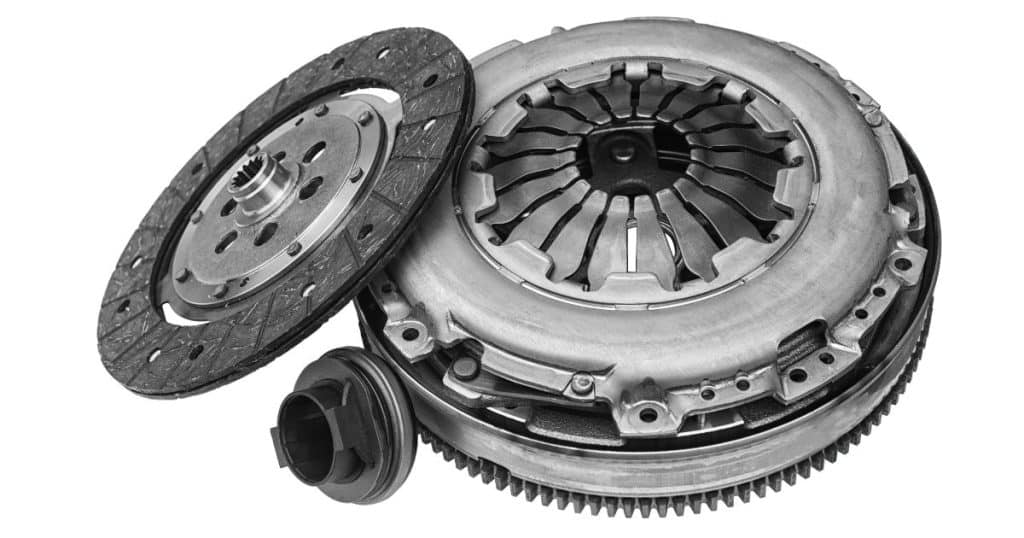
Clutch Diagnosis & Troubleshooting
How do you know when your clutch is wearing out?
You may need a clutch replacement if you experience any of these problems:
- Spongy, sticking, vibrating or loose clutch pedal when pressed.
- Squeaking or grumbling noise when pressed.
- Ability to rev the engine, but poor acceleration.
- Difficulty shifting gear.
- ‘Slipping’ clutch, causing a momentary loss of acceleration.
How do I know if my clutch or gearbox has gone?
Signs of clutch problems include a slipping clutch (engine revs but the vehicle doesn’t accelerate), difficulty shifting gears, strange noises (grinding, squeaking), and a soft or vibrating clutch pedal. Gearbox issues may manifest as difficulty in engaging gears, grinding noises during shifting, or gear slippage.
Are there any warning lights on the dashboard related to the clutch?
In most vehicles, there are no specific warning lights directly related to the clutch. Issues are typically indicated through broader warning lights like the Check Engine Light or Transmission Warning Light.
Can you visually inspect the clutch to determine its condition?
Unfortunately, you cannot easily visually inspect the clutch without disassembling the transmission, but you can observe external signs such as fluid leaks or unusual noises.
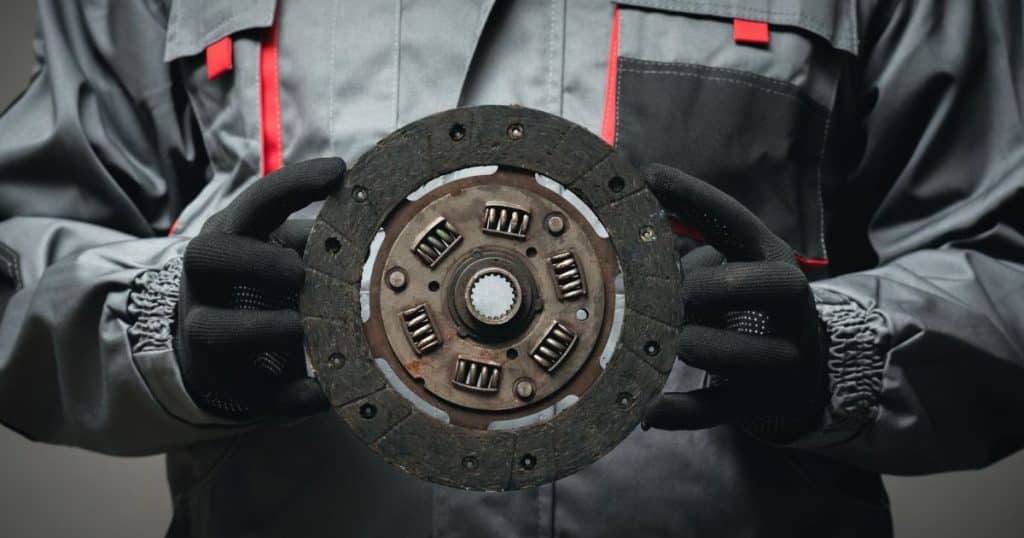
Replacing Your Clutch
How much is a replacement clutch?
A clutch is a major component, making it pretty expensive to replace. For most cars a new clutch will set you back a few hundred pounds. However, it is always worthwhile shopping around as you may pay less.
If you think that something is not right with your clutch, our best advice is do not drive and seek advice from a professional.
If you do need to make any part replacements following your checks, search our stock of car breakers online or visit one of our car breakers yards in Edinburgh and York.
How long does it take to replace a clutch?
The time it takes to replace a clutch varies depending on the vehicle make and model, the expertise of the mechanic, and whether any additional repairs are needed. On average, a clutch replacement job can take anywhere from 4 to 8 hours of labour, but it may take longer for more complex or newer vehicles.
Are there any aftermarket clutch upgrade options available?
Yes, there are aftermarket clutch options available for various driving needs, including performance clutches for increased torque handling or smoother engagement.
What factors can influence the cost of a clutch replacement?
The cost of a clutch replacement can vary based on factors such as the make and model of the vehicle, the type of clutch used (OEM or aftermarket), labour costs, and any additional repairs required.
Can a clutch be replaced with a used one from a salvage yard?
Yes, it’s possible to replace a clutch with a used one from a salvage yard, but it carries risks as the condition of the used clutch may be unknown.
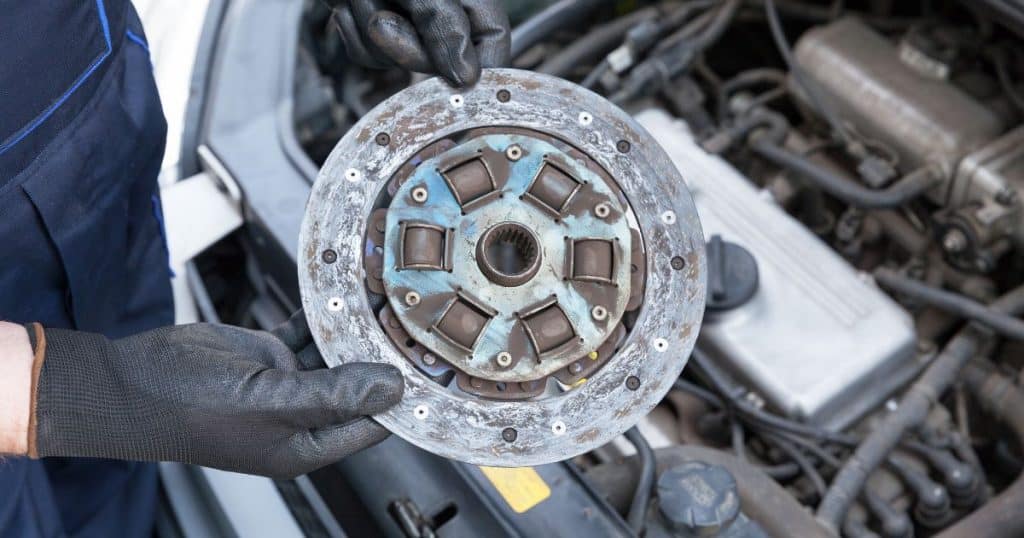
Final Thoughts:
Understanding the signs of a failing clutch is crucial for maintaining the performance and longevity of your vehicle. At U-Pull-It, we provide top-quality replacement clutches and spare parts to keep your car running smoothly. Whether you need a standard replacement or are considering an aftermarket upgrade, our wide selection ensures you find the right solution for your needs
Is your car in need of a new clutch? Look no further! We offer an extensive range of clutch components at unbeatable prices. With clutch pedals, clutch cables, and clutch cylinders, we’ve got you covered. But that’s not all – by visiting our self-service yards, you’ll have the unique opportunity to pull your own parts, ensuring you get exactly what you need. Experience the satisfaction of DIY and enjoy substantial savings on top-quality clutches and other car parts. Don’t miss out – visit us today!
Don’t wait until clutch issues compromise your safety and vehicle performance. Trust in our expertise and extensive inventory to help you get back on the road with confidence. If you do need to make any part replacements following your checks, search our stock of car breakers online or visit one of our car breakers yards in Edinburgh and York.
